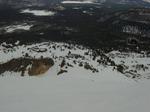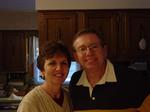 |
Can I convince myself that a pilot's license is justified? Let me try to weigh the costs against the benefits. I will start with the benefits, because I can state what I hope to get out of it. |
The quick answer is that I probably can convince myself of just about anything.
Benefits
My "local area" would become much larger. The introductory pilot's license allows one to fly single-engine aircraft under visual flight rules (VFR), i.e. good weather conditions. It would be feasible to fly to San Francisco, Los Vegas, San Diego, etc., without having to worry about traffic (and the many hours it takes to get out of LA on Friday nights). Day-trips to Catalina Island or Santa Barbara could be done on the spur of the moment.
I would gain experience with the practical application of the principles that I have studied. Fluid mechanics and thermodynamics are my specialties (at least in the engineering, non-computer science world). It makes sense that I would gain a finer appreciation of the physics of flow, if I have my hand on the controls. There was a reason I liked those subjects.
It would impress my friends. Imagine my girlfriend's response if we flew off to Santa Barbara for a romantic weekend: Flying off into the ocean-kissing sun, soaring above the seagulls, comfortable in our silver vessel but able to touch the clouds. Imagine a spur-of-the-moment trip to Vegas with my buddies: Landing in the bright lights of the desert city, jumping out of the plane, dressed to nines, ready to conquer the casinos. Imagine the flying to Mackinac Island with my family, one of our favorite vacation spots: The hours of driving left behind, the exorbitant ferry prices bypassed, the simpleness of the entire process.
Costs
The major cost involves training. This site has a very good discussion about the process. It seems like it could cost as much as $5000. The license requires a minimum of 40 hours of flight time, but ends up usually being higher (as the instructor determines when you are competent to fly), such as 60 to 80 hours. Aircraft are rented by the flight hour (not by the amount of time they are "checked out", interestingly enough), at rates like $40-$75 per hour. The instructors are an additional $15-$25.
Besides money, training costs time. There is the 80 or so hours of flight time, of course. But there is also ground instruction, in order to learn the principals of flying. If one studies full-time, it is possible complete training in two weeks. But that seems somewhat unlikely, if I want to be employed at the same time. It is suggested that part-timers have at least three sessions a week, in order to help knowledge retention. (Part-time students might take up to six months to finish training.) It might be feasible to "jump start" training by taking a week of vacation, and then finishing the second half (or so) or training part-time.
After the license is obtained, various maintenance activities have to be done. I think that a medical examination is needed every two years. Although I'm not sure, it would seem reasonable if the license would expire if not used often enough.
And plane rental fees and airport landing fees are non-negligible. Suppose I took one trip per month. Let's imagine an average trip: Two hours of flight time ($120 @ $60/hr), landing at a field with fees ($20), and two hours back ($120). That ends up to be $260 per trip, or over $3000/year.
Plan
When I imagine what I will be like in the future, I imagine that I will be able to fly planes. My income will only increase, so the costs will decrease in importance. The benefits will be life-long.
Okay. So I want to do it. What next?
I need to verify the actual cost numbers. It would make sense to do this out of the Santa Monica airport, but I should check the other local airports, too. (The Torrance airport is close to work, so that is feasible.) I should talk to some pilots that I know, to get their ideas about the process and maybe some recommendations for flight instructors.
Timing. As my roommate is moving out soon, I will need to buy some things for my home. Those purchases might be absorbed in a couple of months. Perhaps this summer, then?

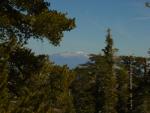 Los Angeles is a huge
metropolis, but it takes less than an hour to get from the sprawled
suburbia to the quiet of the mountains. I find it necessary to
occasionally breathe thinner air and to push exhausted muscles up just
one more slope.
Los Angeles is a huge
metropolis, but it takes less than an hour to get from the sprawled
suburbia to the quiet of the mountains. I find it necessary to
occasionally breathe thinner air and to push exhausted muscles up just
one more slope.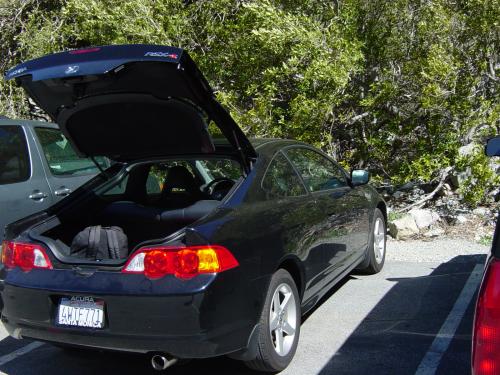


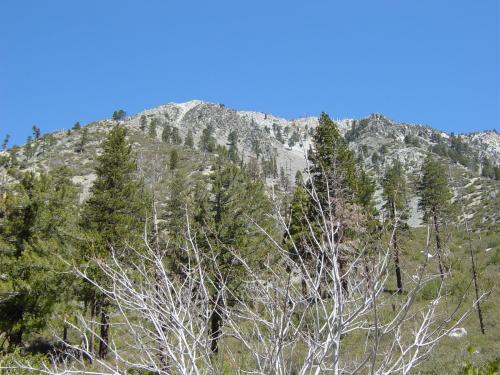
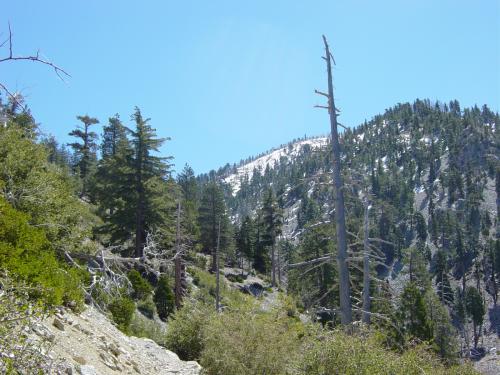
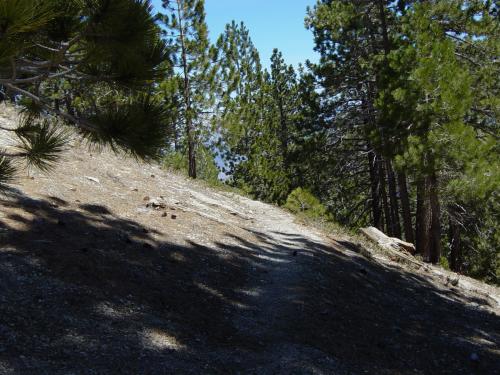
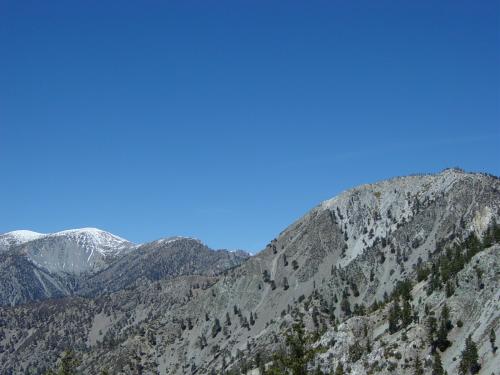
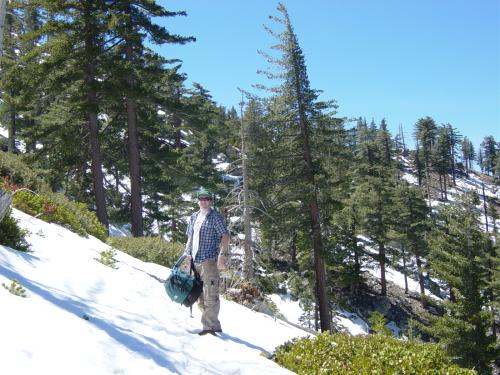
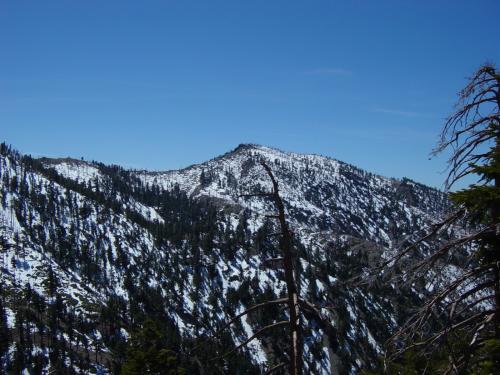

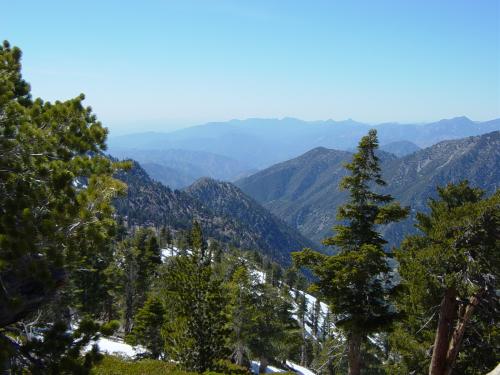
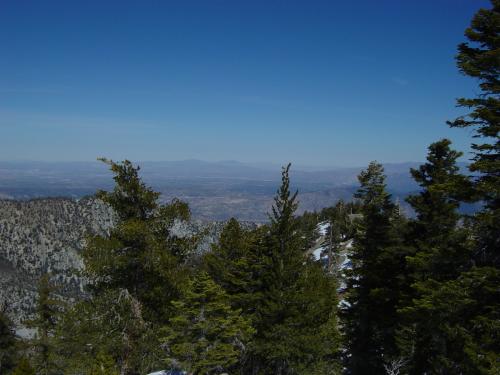

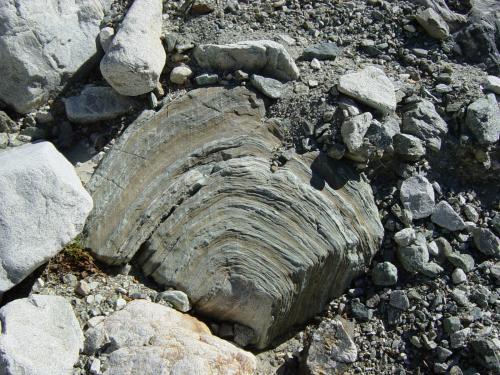

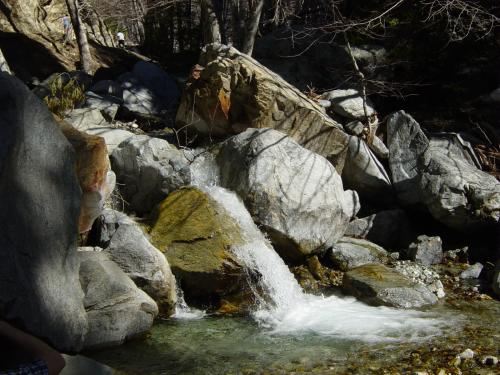


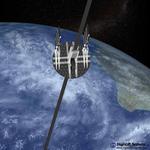
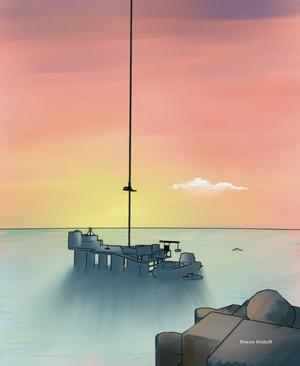







 The common problem of sending private messages through a public channel is surprisingly difficult, and a fruitful area of research.
The common problem of sending private messages through a public channel is surprisingly difficult, and a fruitful area of research.
